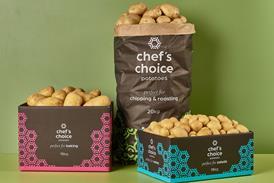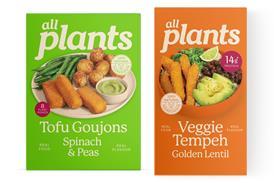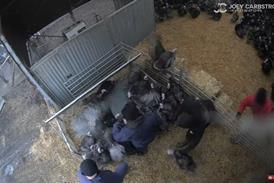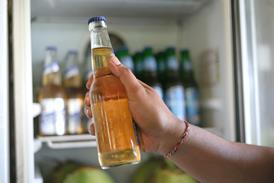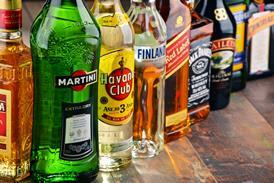Close menu
- Home
- Retail & Wholesale
-
Products & Suppliers
- Back to parent navigation item
- Products & Suppliers
-
Product Categories:
- Back to parent navigation item
- Product Categories:
- Alcoholic drinks
- Bakery
- Cereals & breakfast
- Cheese
- Chicken & poultry
- Chocolate
- Confectionery
- Crisps, nuts & snacks
- Dairy
- Fish
- Fresh produce
- Frozen
- Household
- Meat
- Own Label
- Sauces & condiments
- Seasonal
- Soft drinks
- Vaping
- Vegan & plant-based
- World foods
- Suppliers
- People
- Reports & Data
-
Topics A-Z
- Back to parent navigation item
- Topics A-Z
-
Popular topics:
- Back to parent navigation item
- Popular topics:
- Cost of living crisis
- Crime
- Deposit Return Schemes
- Finance
- Government & Regulation
- Health
- Inflation
- Loyalty
- Marketing
- Mergers & Acquisitions
- New Product Development
- Sourcing
- Supply chain
- Sustainability & environment
- Technology
- Ultra Processed Foods
- Vaping
- A-Z all topics
- Content by type:
- Events
- Ask iA (beta)
- Subscribe now
Cooking shows are dead… long live cooking shows
By James Beeson and George Nott2025-09-19T12:47:00

As Britain’s appetite for TV cooking shows dwindles, what opportunities does the rise of online cooking content provide for brands and retailers?
From laid-back ‘chop and chat’ shows like Saturday Kitchen to intense culinary contests such as MasterChef, cooking shows have been a staple of Britain’s TV diet for decades.
As well as launching the careers of everyone from Jamie Oliver to Nadiya Hussain, Britain’s seemingly insatiable appetite for these shows has also – through sponsorship and advertising opportunities – provided food brands and retailers with an effective way to reach the nation’s aspiring foodies.
Already have an account? Sign in here
Already have an account? Sign in here

